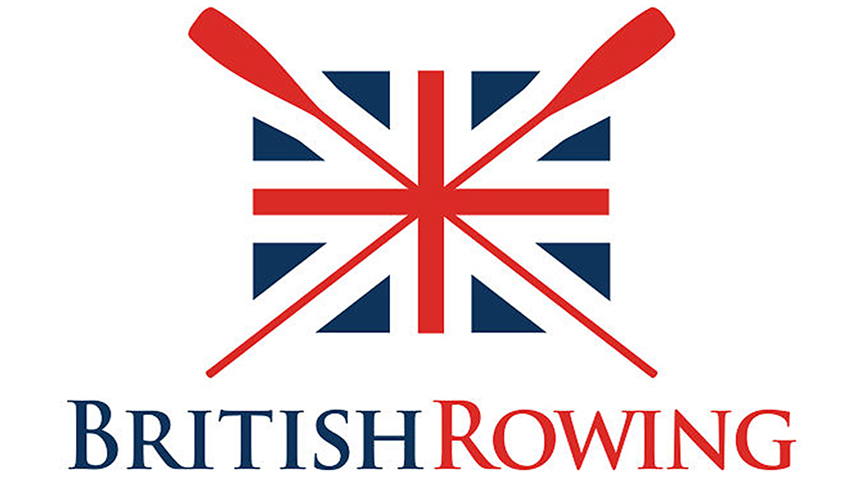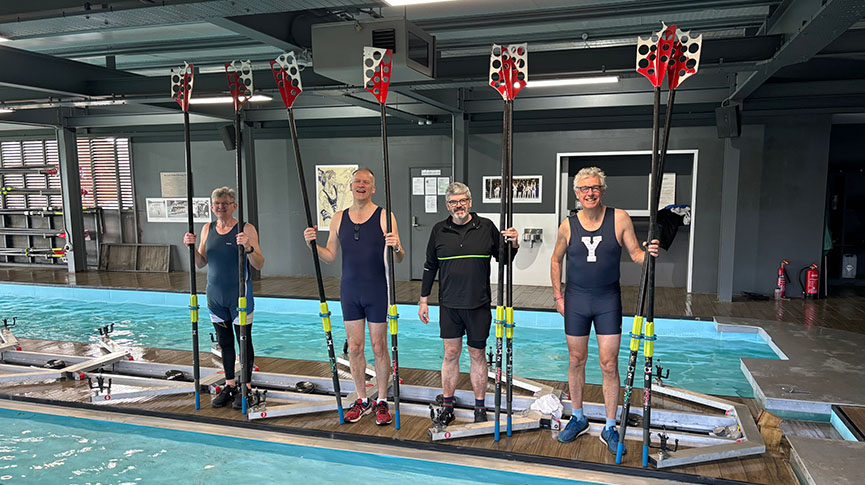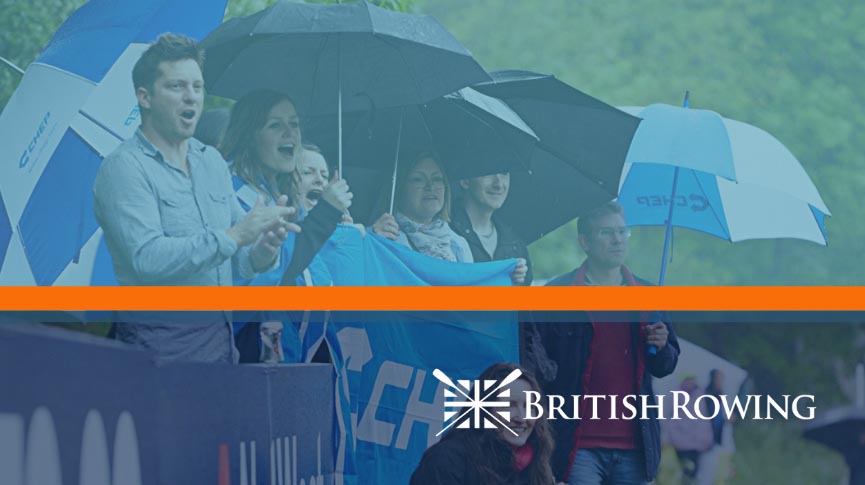Heel Restraints – advice notice for clubs and competitors
Effective heel restraints are important at all times, however independent checks are often only completed by Control Commission before a race. This advice notice has been provided to help clubs understand what umpires look for and hopefully reduce the chance of crews being prevented from racing.
The rules of racing have not changed in regards to the adequacy of heel restraints as inspected at Control Commission. Rule 2-3-8 states, “All boats where ‘fitted shoes’ are employed must have effective heel restraints….and in working order.” The new Row Safe Plus advice on modifications from manufacturers’ equipment considers what adequate means (3mm Dyneema cord) from a best-practice perspective.
It has been custom for Control Commission umpires to test the strength of heel restraints by a sharp tug but many accept this is not a good test of adequacy because it does not replicate the sort of force applied during a capsize. The new Row Safe advice has reminded us all about this key area of safety and some umpires this year have also decided to inspect the material and fixing and make a judgement in order to help them establish adequacy. Some boats that may have been passed based on the simple tug test in previous years are now failing. As a result there has been variation between individual umpires on what they are accepting; some boats are being passed by one umpire and then being failed by another umpire on a subsequent race.
It is important to standardise the test of adequacy so that clubs understand what to expect at Control Commission. There will always be an element of judgement on the part of an umpire but the following guidelines have been issued to them:
Guidelines
1. Continue the usual “tug test” but perhaps more vigorously than before.
2. Visually inspect the material and fixing. Cause for concern would be old, frayed or obviously low quality materials e.g. cable ties or household string. These should be failed. If modifications have been done with say new trainer laces or such like that look effective, the boat may be passed but advice given that these materials will deteriorate quickly and a better material should be used a.s.a.p. (refer them to the Row Safe Plus advice).
3. The fixing must be independent and also suitably strong. Fail if it is clearly inadequate, give advice to improve in other cases.
4. FISA standards require each heel to be restrained to prevent it from rising higher than 7cm, as measured at right angles from the footplate.
Advice notice issued by: Clive Killick – Hon Water Safety Advisor and Dan Smith – NUC Chairman






